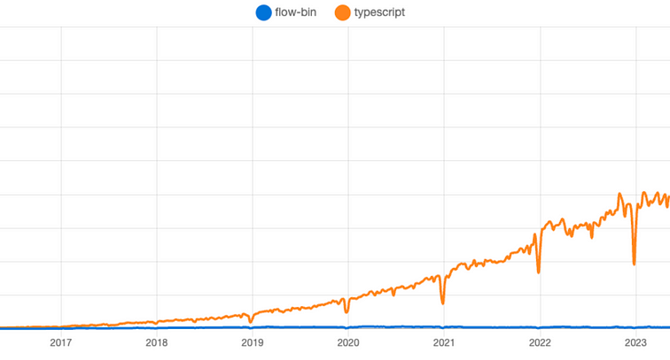Medium
1M
137

Image Credit: Medium
Migrating 3.7 Million Lines of Flow Code to TypeScript
- Pinterest successfully migrated 3.7 million lines of code from Flow to TypeScript in eight months, resulting in better type safety, developer experience, and improved hiring.
- Initially, Flow was chosen for gradual adoption ease and React compatibility, but industry trends favored TypeScript for JavaScript type checking over time.
- The migration process into TypeScript was divided into three phases: Setup, Conversion, and Integration.
- They configured TypeScript, @typescript-eslint, and VS Code settings, resolving compatibility issues and optimizing ESLint with Discord’s fork.
- Migration steps included converting dependencies like Apache Thrift, OpenAPI, and Relay types, running codemods, and suppressing ESLint errors.
- Automation of the conversion process involved running codemods, fixing bugs, suppressing errors, and updating ESLint rules for TypeScript.
- Integration focused on transpilation with Babel, updating JS filename references, and validating the migration through daily testing and manual rounds.
- The rollout plan included isolating migration changes, minimizing developer disruption, and enabling quick recovery, leading to a successful transition to TypeScript.
- The migration at Pinterest was incident-free, resulting in positive feedback on the migration experience, developer education, error understanding, library types, and TypeScript features.
- Challenges included slow type checks and memory footprint issues, but Pinterest hopes for improvements with TypeScript's performance enhancements in the future.
- Pinterest acknowledges the contributions and support from various teams and individuals during the migration process, aiming to provide valuable insights for others undertaking similar migrations.
Read Full Article
8 Likes
For uninterrupted reading, download the app